The world of comics has always been a place for heroes and villains, but The Boys comic—created by Garth Ennis and Darick Robertson—flipped that script like a muscle-bound superhero performing a one-handed handstand. Debuting in October 2006 and concluding in November 2012 after delivering 72 explosive issues, this comic offered a brutally honest and often grotesque perspective on the superhero genre. With its riveting satirical edge, it forces readers to look deeper into the issues of power, accountability, and even our obsession with hero worship. The Boys comic isn’t just a mere collection of stories; it’s a wake-up call that challenges us to redefine what heroism truly means.
Characters like Homelander, a puppet of fame and narcissism, exemplify the satire’s punch to our collective gut. When we see him, it’s not just about the caped antics, but rather about facing the darker truths of celebrity culture. The Boys comic asks us to confront uncomfortable societal structures that elevate flawed individuals to god-like status. It’s as if Ennis and Robertson teamed up not just to entertain, but to unmask the chaotic dynamic underpinning our so-called heroes, dragging them—and us—through the mud of morality and truth.
So, what’s the real appeal? Well, the chaos and carnage are captivating, sure, but it’s the layers of meaning that keep us coming back for more. The Boys comic dives into the gnarly side of human nature, reflecting our societal ills while puffing up our muscles with insight. After all, what doesn’t kill us can only make us stronger—right? If you’re looking for inspiration to get shredded like a comic book villain, keep reading. The insights from this narrative can offer just that kind of fuel.

Top 7 Elements That Define the Dark Heroic Satire of The Boys Comic
The Boys comic stands out not just for its chaotic storytelling but also for its incisive commentary that leaves readers both entertained and reflective. Here are seven elements that elevate this brutal narrative into a genre-defining masterpiece.
1. Subversion of Traditional Heroism
Unlike the candy-coated heroes we’re used to, characters in The Boys comic often display selfishness and cruelty. Take Homelander—his terrifying mix of charisma and sadism makes you rethink everything you know about heroism. It’s a bitter pill to swallow, and that’s precisely the point. We’re left questioning the very ideals that society has ingrained in us.
2. Blatant Critique of Corporate Influence
Vought International, the corporation behind the superheroes, serves as a stark metaphor for corporate greed. Just like how massive companies like Disney commodify heroism through endless franchises, Vought’s manipulative tactics showcase how profit can overshadow ethics. The more we read, the clearer it becomes: the issue isn’t just with the heroes; it’s also about the powers that control them.
3. Exploration of Morality and Justice
Is Billy Butcher a hero or a villain? That’s the crux of it! The moral ambiguity is thick in The Boys comic, compelling us to examine justice through a different lens. With actions that often stray into violent territory, the narrative brushes shoulders with antiheroes, challenging us to confront not only what justice looks like but also what it costs.
4. Psychological Complexity and Trauma
Characters like Starlight and Queen Maeve aren’t just there for the action; they carry heavy burdens of personal trauma. Their struggles critique the societal pressure to be perfect heroes while illuminating mental health issues that traditional superhero stories often overlook. In a fitness-centric world, it’s a reminder that even champions face their demons.
5. Satire of Celebrity Culture
With superheroes often treated like pop stars, the Boys comic provides a hilarious yet biting critique of celebrity worship. The “Supes” in the story are tinted with flaws that reflect our society’s obsession with fame, making them immune to accountability. The exaggeration becomes a mirror, throwing our reality back in our faces.
6. Intense Violence Intertwined with Humor
The juxtaposition of graphic violence and humor is a hallmark of The Boys comic. It’s almost like a brutal workout: you feel the pain, but somehow, it’s rewarding. The over-the-top brutalities are skillfully offset with humor, turning grim scenes into unexpected moments of laughter, reminiscent of classic dark comedies.
7. Social Commentary on Power Dynamics
When you dig into the Boys comic, pay attention to the power dynamics. The contrast between the ordinary members of the Boys and the god-like “Supes” highlights real-life disparities that challenge our perceptions of privilege and systemic injustice. This comic opens our eyes to the unfair play happening right under our noses.
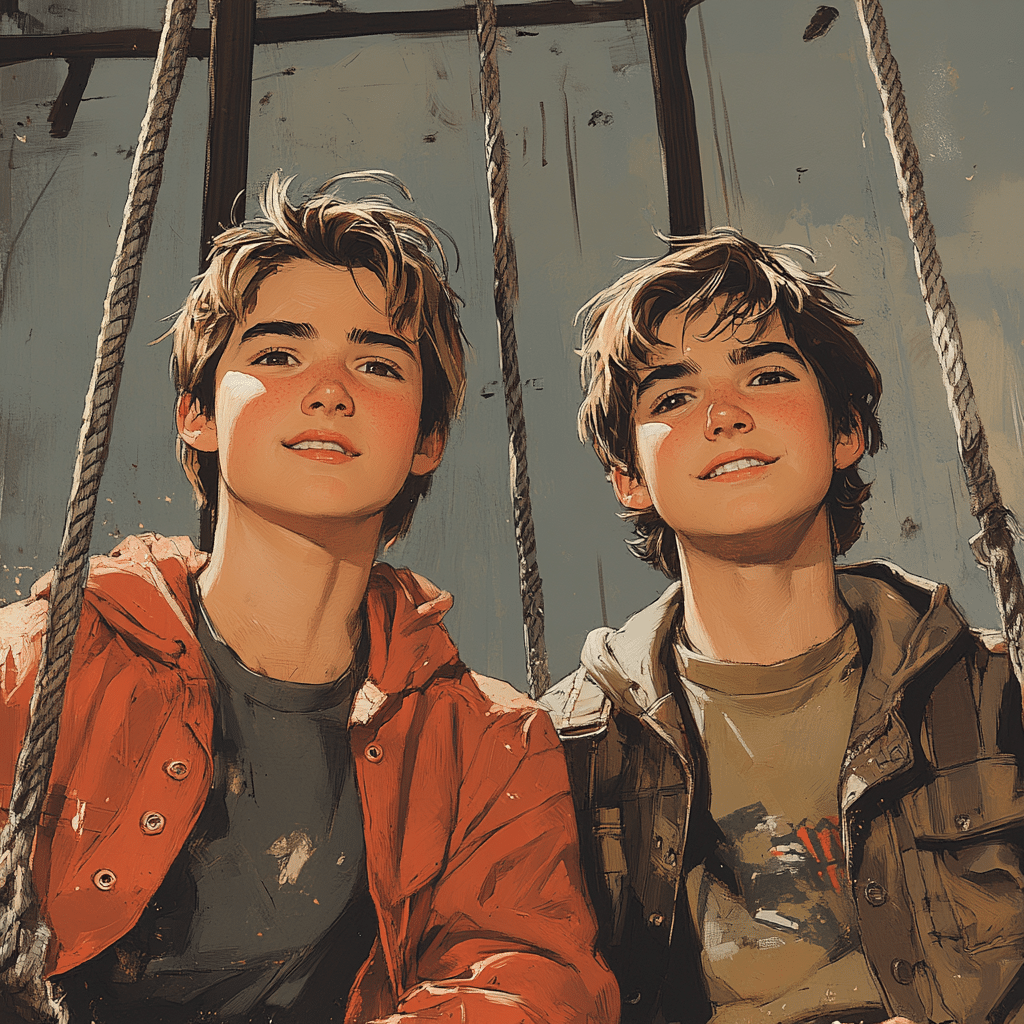
The Cultural Impact and Evolution of The Boys Comic
From page to screen, the influence of The Boys comic has been monumental. After the critically acclaimed TV adaptation launched on Amazon Prime in 2019, it rekindled a fiery interest in the comic book genre, expanding beyond mere entertainment. What’s fascinating is how both the comic and the show carry forward the same themes—yet offer differing narrative arcs.
The show’s popularity showcases how audiences crave something different. The deeper exploration of themes like Compound V birth an intriguing shift, highlighting not only the characters’ darker sides but also modern technology’s impact on our perception of heroism. We’re not just watching stories unfold; we’re actively engaging with discussions about moral agency and societal issues.
Moreover, this chaos isn’t just for shock value; it serves to illuminate the complexities of our times. The Boys comic and its adaptations remind us that heroes can fall, and it’s our responsibility to question their every move. The impact resonates strongly today, making us less passive observers and more engaged critics—a necessary shift if we’re ever to strive for a better understanding of what it means to be a hero.
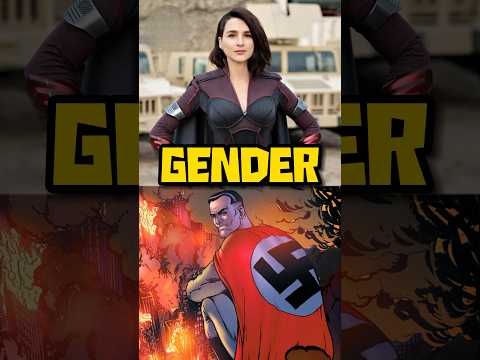
What’s Next for The Boys Comic Universe?
As the story evolves, fans eagerly anticipate what’s next for The Boys comic universe. Will we delve deeper into the ramifications of modern technology on savior culture? Or explore the psychological effects of living in a media-saturated society where authenticity often takes a backseat?
Questions abound, and that’s a thrilling notion. With the Boys comic already challenging and redefining heroism, the next arcs could continue to push the envelope. Perhaps we’ll witness the consequences of celebrity status being thrust upon those who never asked for it, echoing the societal concerns we grapple with today.
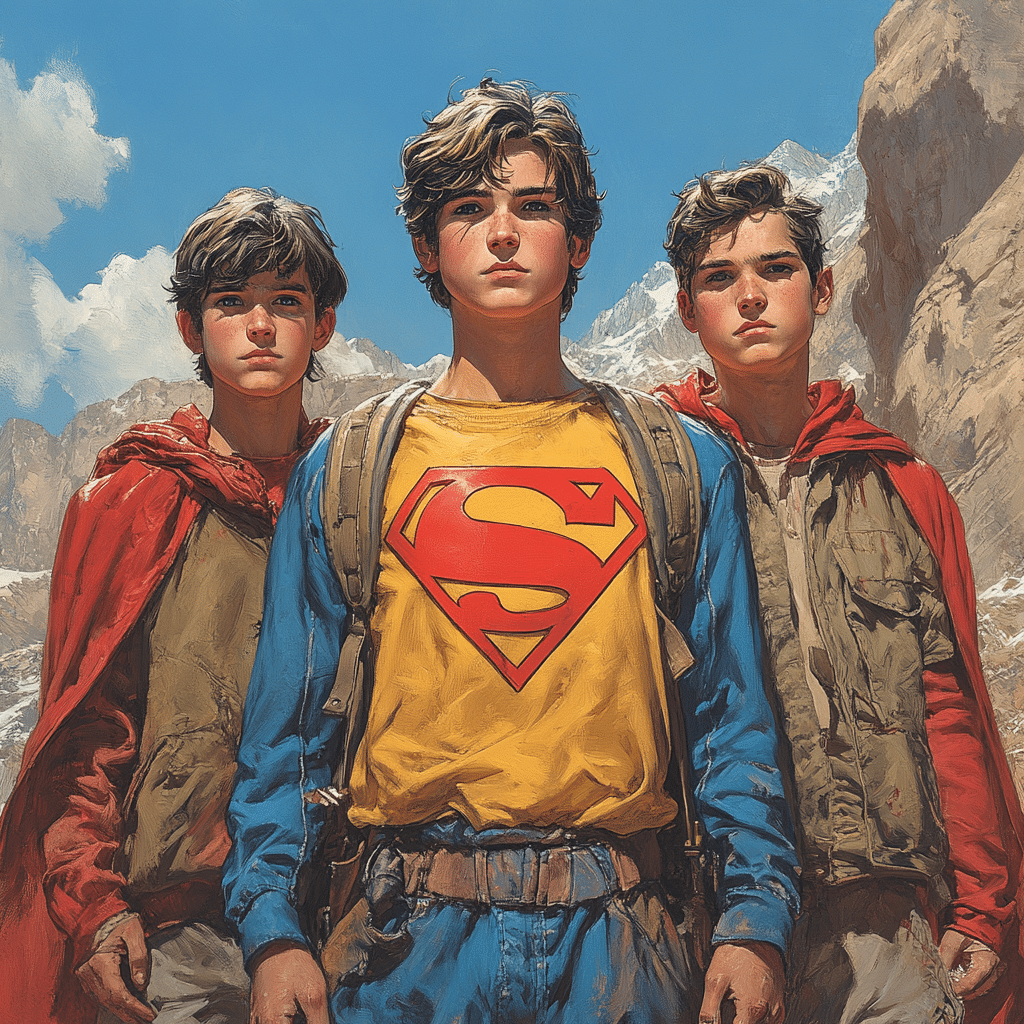
Embracing the Chaos: The Future of Heroic Satire
Ultimately, The Boys comic is more than just a story of chaotic adventures; it’s an essential critique of modern heroism. Through chaos, dark humor, and biting social commentary, it serves as both entertainment and a mirror reflecting the values we hold dear—or the ones we should reconsider. The legacy of this extraordinary narrative is a clarion call to reexamine power, accountability, and the ideals that frame our society.
And while the comic continually invites us into a world of complex truths, it’s also a reminder that even in chaos, enlightenment awaits. So, are you ready to embrace the chaos and get shredded in the process? Put in the work, read up on those dark heroic tales, and redefine what it means to be a hero in your own life!
Just like a great workout, it takes discipline and reflection—so gear up and dive into the frontlines of superhero mythology and chaos with The Boys comic.
Let’s face it; the journey toward becoming your own version of a hero starts now!
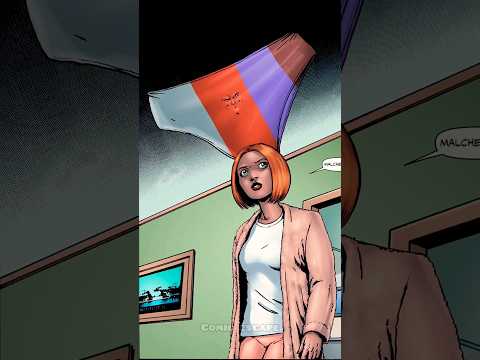
The Boys Comic: A Dive into Hilarious Chaos and Dark Heroics
Comic Origins and Outlandish Fun Facts
The Boys comic began its wild journey in 2006, created by writer Garth Ennis and artist Darick Robertson. Set in a universe where superheroes are celebrities, the comic takes a sharp, satirical look at power dynamics and corruption. Did you know that the characters were originally inspired by the group of heroes from the DC universe? It’s true! This critique of the superhero genre resonates with many fans today, especially those who enjoy canopy couture while flipping through their comics in the park.
Interestingly, one of the comic’s standout characters, Homelander, draws striking parallels with real-life celebrity culture. With a story that’s as spicy as summer tops at a pool party, the narrative captures the essence of narcissism present in modern society. And for those wrestling with fame and recognition, it’s almost like comparing their struggles to celebrity questions like How old Is Sylvester stallone The messier the heroes become, the more relatable the satire feels.
Behind the Scenes: Characters and Influences
Fans of the boys comic might be surprised to learn just how much thought went into creating the team of “The Boys.” They represent a motley crew, each with their own distinct flair, designed to counter the privileged super suitors. For instance, did you catch that actor Kieran Bew has been highlighted as a rising star with roles inspiring new characters? He brings a fresh twist to the wild ensemble that’s reminiscent of audacious reality shows like too hot To handle cast season 4 adding another layer of chaos.
On the production side, the series transitioned from comic book to screen with surprising ease, maintaining its cheeky tone and harsh critiques. It’s not just a shallow dive; it’s a full-body plunge, much like when Travis Kelce hosted SNL, embodying the spirit of fun and frenzy. Whether you’re lounging by your portable solo stove ranger or discussing plot twists with friends, the brilliant blend of humor and dark undertones in the boys comic guarantees you’re in for a ride.
Cultural Impact and Fun Trivia
The series’ impact goes beyond laughs; it sparks conversation about morality and societal issues, striking chords in diverse audiences. Despite its outrageous themes, the relatability is key. Perhaps that’s why Adam Faze became a name on various lips—his storytelling skills echo the brilliant chaos that permeates the boys comic. The crazy antics of superheroes paralleled with real-world dilemmas keep readers hooked, creating a fervor that many crave in their entertainment.
So, next time you dive into the pages of the boys comic, remember the layers of satire nestled within the chaos. It’s more than just a read; it’s a mirror held up to society, reflecting our quirks and flaws. With heroes that are anything but stellar, it’s a wild ride that leaves you in stitches—and perhaps pondering who really wears the cape in real life.
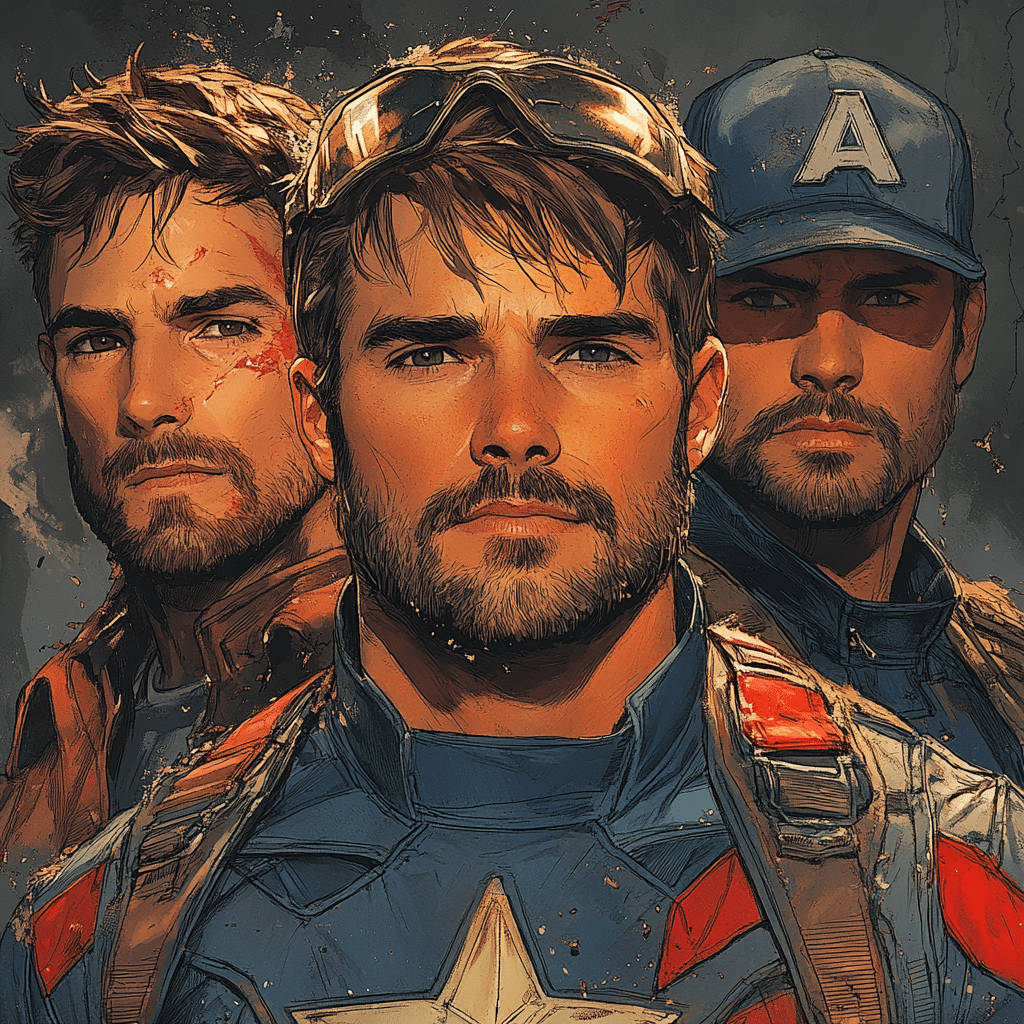
Have the Boys comic ended?
Yes, the Boys comic ended in November 2012 after 72 issues. It debuted in October 2006 and wrapped up nicely, bringing the story to a close.
How close are The Boys to the comics?
The Boys TV show has some differences from the comics, especially in character arcs and plotlines. While both follow a similar direction, the show places more emphasis on the Compound V storyline compared to the original comics.
What is the point of the Boys comic?
The main point of the Boys comic is to expose how superheroes can be corrupted by power and fame, leading them to engage in hedonistic and violent behavior. The Boys, a group of vigilantes, work to keep these superpowered individuals in check for the greater good.
Who is the main villain in the Boys comics?
Homelander is the primary villain in the Boys comics. He’s a twisted version of the typical superhero, embodying arrogance and a lack of moral integrity that makes him a major antagonist.
Who is Black Noir a parody of?
Black Noir is often seen as a parody of Batman, using the dark, brooding character trope while also having some superhuman abilities. His nature and motivations present a unique twist in the story.
Who killed Homelander in comics?
In the comics, Homelander meets his end at the hands of a character named Billy Butcher, who finds a way to defeat him after a long-standing conflict.
Why did The Boys go woke?
The term “woke” is subjective, but some fans feel that the Boys series addresses contemporary social issues and critiques the superhero genre, which some interpret as a shift towards more progressive themes.
Is Black Noir Homelander?
Black Noir is actually a separate character from Homelander, although in the comics, he has a surprising connection to him that plays into the overarching story.
Is Homelander as powerful as Superman?
Homelander is incredibly powerful, but he’s often compared to Superman within the context of the story. While he has many similar abilities, he lacks some of the heroic traits that make Superman a beloved character.
What is the twist in the Boys comic?
A notable twist in the Boys comics is the revelation about various characters’ true identities and motives, adding layers of complexity to the story as it progresses.
Is The Boys DC or Marvel?
The Boys is published by Dynamite Entertainment, which is neither DC nor Marvel. It stands out in the comic book landscape with its unique themes and storytelling approach.
How old is Homelander?
Homelander’s exact age isn’t explicitly stated, but he’s depicted as a man-child, appearing in his early thirties, while being a product of experiments that make him much older than he looks.
Was Soldier Boy Homelander’s dad?
No, Soldier Boy is not Homelander’s dad. They have interconnected stories, but their lineage isn’t tied together in that way.
What did the deep do to Starlight?
In the comics, The Deep’s interaction with Starlight is depicted quite disturbingly, where he sexually assaults her, showcasing the dark side of the superhero world.
Who killed Billy Butcher?
Billy Butcher’s fate varies across story arcs, but he faces significant danger throughout the series, and his conflicts often lead to near-death experiences or dramatic confrontations.


























